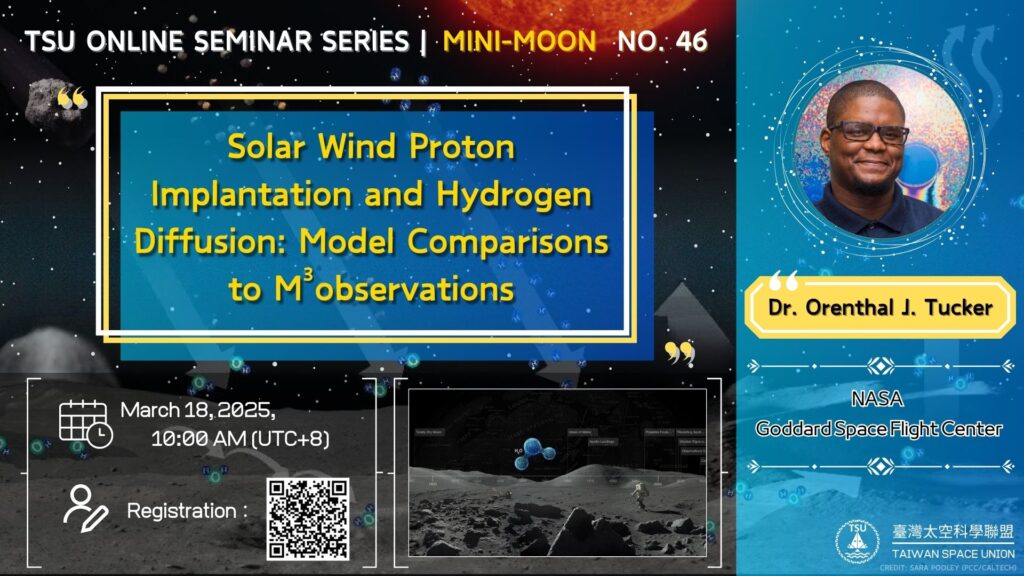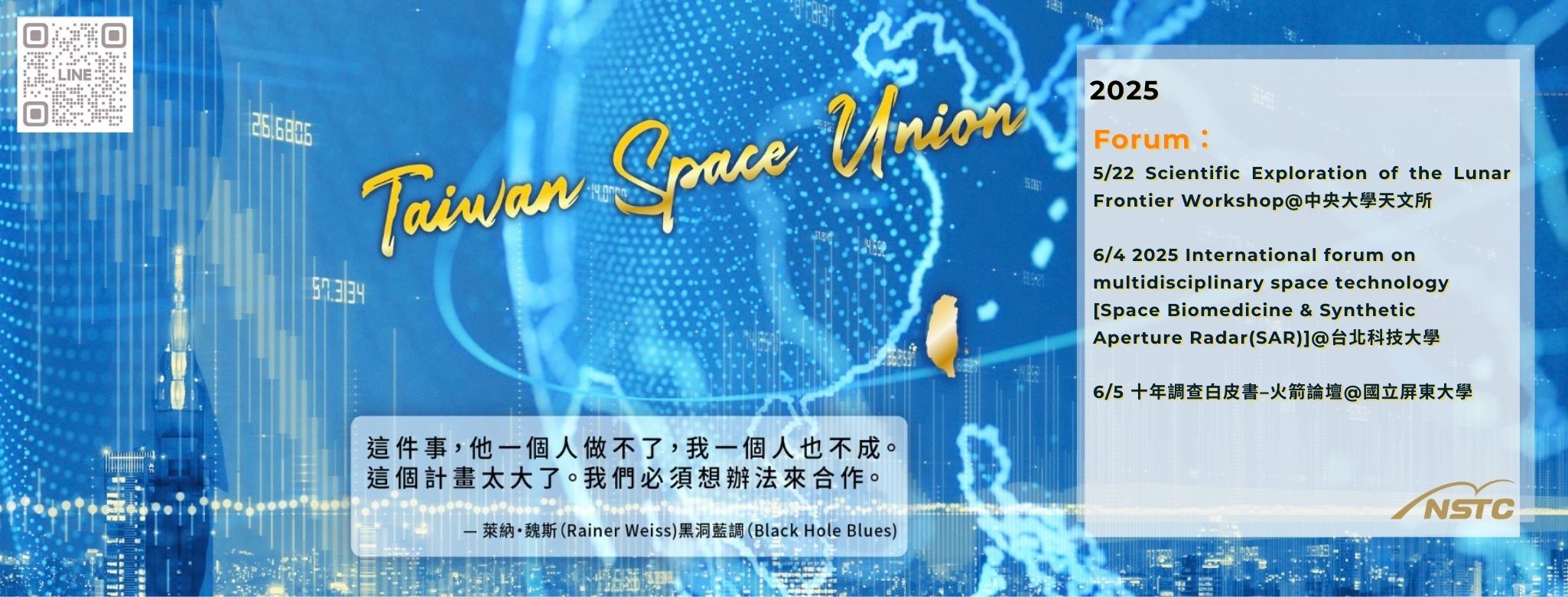
★ March 18, 2025 (Tuesday) 10:00 AM (UTC+8)
Speaker: Dr. Orenthal James Tucker ( NASA Goddard Space Flight Center )
Title: Solar Wind Proton Implantation and Hydrogen Diffusion: Model Comparisons to M3 observations
Abstract
The dynamic nature of the 3-micron surface OH signature observed by Chandrayaan-1’s Moon Minerology Mapper (M3) is suggestive of solar wind proton implantation and subsequent OH creation is the primary process for hydroxylation in lunar grains. Li et al. (2023) recently produced a high-level data set of the diurnal variability of the hydroxyl/water concentration observed at the lunar surface using the M3 data showing a clear surface OH depletion at local noon for both farside and nearside locations. We used a Monte Carlo model (Tucker et al. (2019; 2021) (T21) of the pathway for implanted H diffusion and surface release as exospheric H2 (e.g. Starukhina 2006) for the direct comparisons to the Li et al. measurement set. In this talk, I will describe our findings that show at low and mid latitudes, the solar wind implantation of hydrogen is in equilibrium with diffusive losses.
Dr. Orenthal James Tucker

Bio
Dr. O.J. Tucker received his B.S. in Physics at Hampden-Sydney College and then his M.S. and Ph.D. in Engineering Physics at the University of Virginia (UVa). During his Ph.D. at UVa and postdoc at the University of Michigan in the Climate and Space Sciences and Engineering Department, he was a member of the Cassini CAPS science team investigating molecular escape from Titan’s atmosphere. Dr. Tucker joined the Planetary Magnetospheres lab at NASA Goddard Space Flight Center as a NASA Postdoctoral fellow in 2017, and he currently serves as deputy lab chief.
Dr. Tucker’s research focuses on rarefied gas environments of solar system bodies to assist in mission planning and data interpretation of NASA space missions to understand how solar system atmospheres evolve. This research includes the surface bound exospheres of the Moon and Mercury, transitional atmospheres of Europa and Callisto and atmospheric escape from the upper atmospheres of Titan, Mars and Pluto. Dr. Tucker was a science CoI for the Peregrine Ion Mass Trap Mass Spectrometer onboard the recent Commercial Lunar Payload Services Peregrine Mission (CLPS), and he is currently a science CoI for future CLPS mission to examine the lunar exosphere to be flown in the late 2020s.

